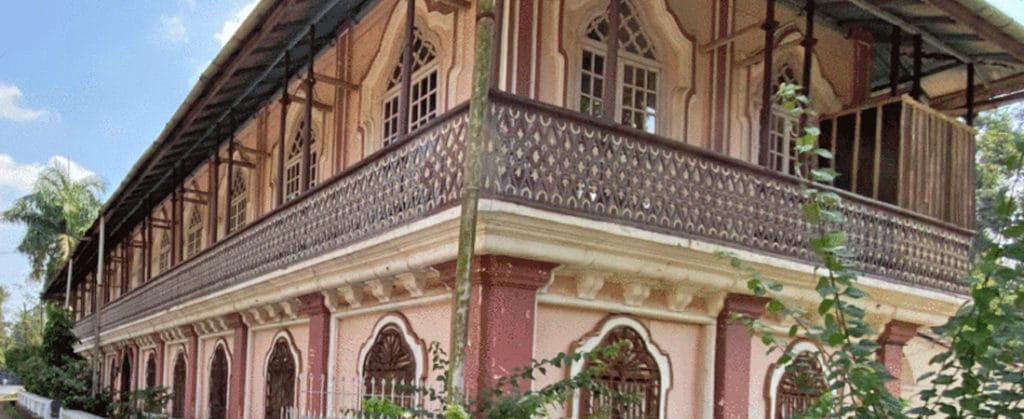Kelli Wood is changing the way art historians think about the Baroque. A recently named Fulbright Scholar, Wood will travel to Goa, India to investigate the ways in which Europe and Asia were connecting during the Renaissance, and it all started with Italian board games.
Wood, assistant professor in the School of Art, will use her Fulbright fellowship to develop a new line of research related to her earlier work with Renaissance games and gaming practices. While writing her first book The Art of Play in Early Modern Italy, Wood began investigating why many early board games were made in India.
 “I was looking at a set of board games that did not fully fit into my first book, which is about Italy,” said Wood. “I realized these board games that Italians were using and playing were made in India at the beginning of the 17th century, and they were made of tropical hardwoods and exotic shells only available in the Indian subcontinent.”
“I was looking at a set of board games that did not fully fit into my first book, which is about Italy,” said Wood. “I realized these board games that Italians were using and playing were made in India at the beginning of the 17th century, and they were made of tropical hardwoods and exotic shells only available in the Indian subcontinent.”
This led Wood to take an initial trip to Goa, India to research surviving archival documents and shell crafts from the 16th and 17th centuries. Old Goa, a thriving metropolis situated on India’s southwest coast, connected trade routes from Japan to Europe throughout the early modern period. The city has a rich history of Indigenous makers and artists who used shells and shell-craft in work that ultimately contributed to the visual dynamic of the Baroque period across Europe.
“I realized these shells were being used not only in the obvious ways, but they were also being ground up and used in the manufacture of buildings and pieces of furniture,” said Wood. “One of the ultimate aims of this project is to take an ecological approach to exploring the entire process, soup to nuts, of how these shells were crafted into beautiful and highly sophisticated crafts, and how artisans and makers living in India in the 16th and 17th centuries contributed to the global style of the Baroque from their special knowledge of using these natural materials.”

Wood interviewing Rajeev Fernandes, owner of the Fernandes Heritage House
Wood joined the University of Tennessee in the fall of 2019. This is the second Fulbright award of her career, and she credits the School of Art with providing the supportive and creative environment that made it possible for her to pursue a new line of research so soon after joining the faculty.“Being in a school of art that combines the talents of working makers and artists has enabled me to think more creatively about my historical practice. That vibrancy of having makers and scholars collaborating together and supporting one another’s intellectual and creative production is exactly what made me feel I could tackle a new project and a very new line of research,” said Wood.
Upon her return, Wood is looking forward to teaching a new course added to the School of Art curriculum; Global Baroque Art and Architecture. This course will leverage Wood’s Fulbright work and create an opportunity to look beyond Eurocentric narratives of art history and explore historical global connectivity.
